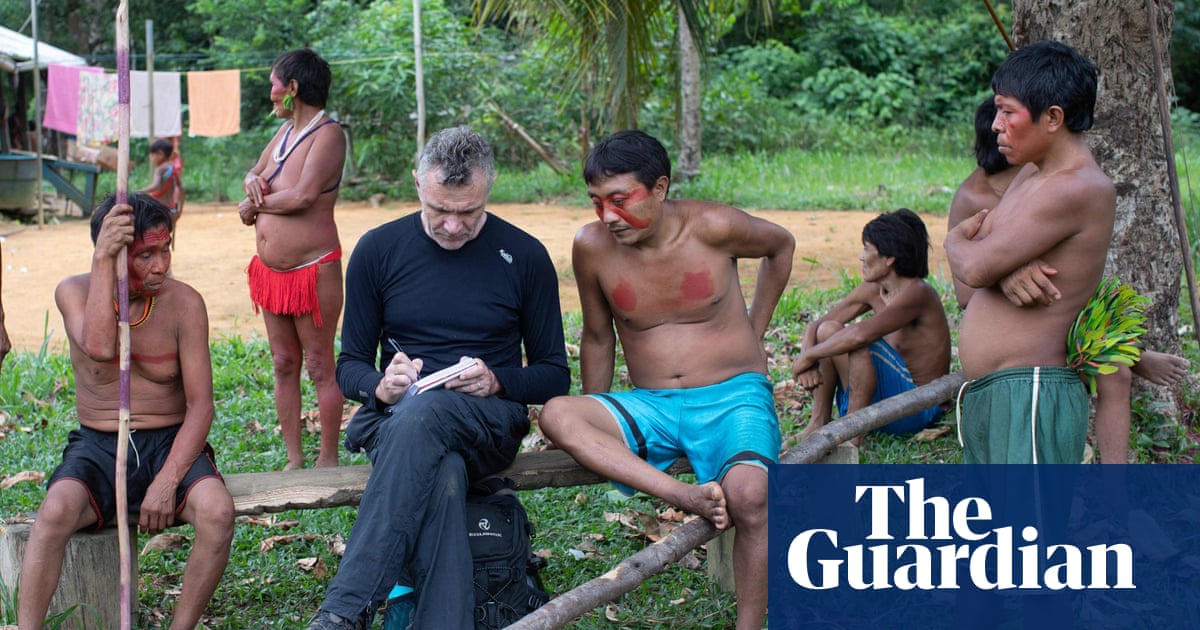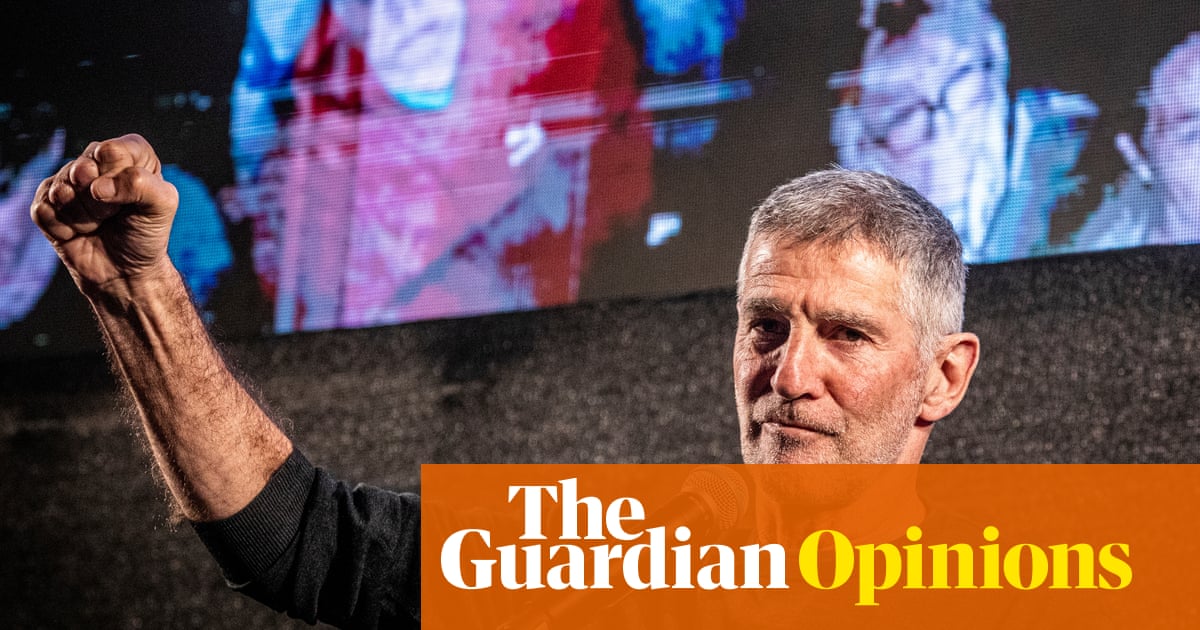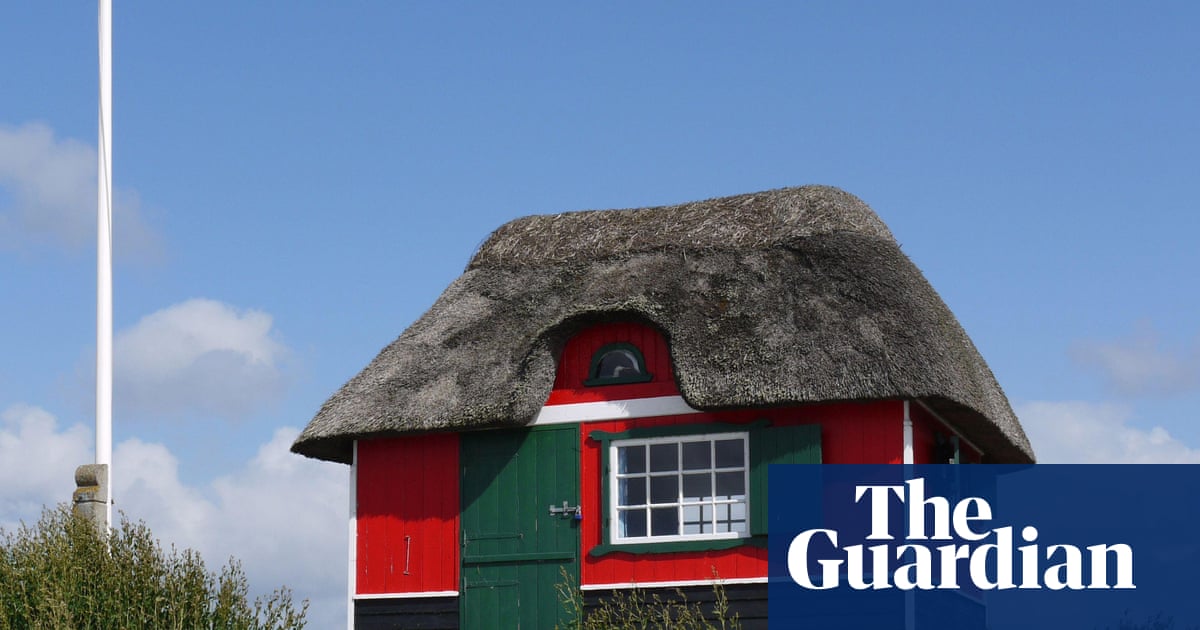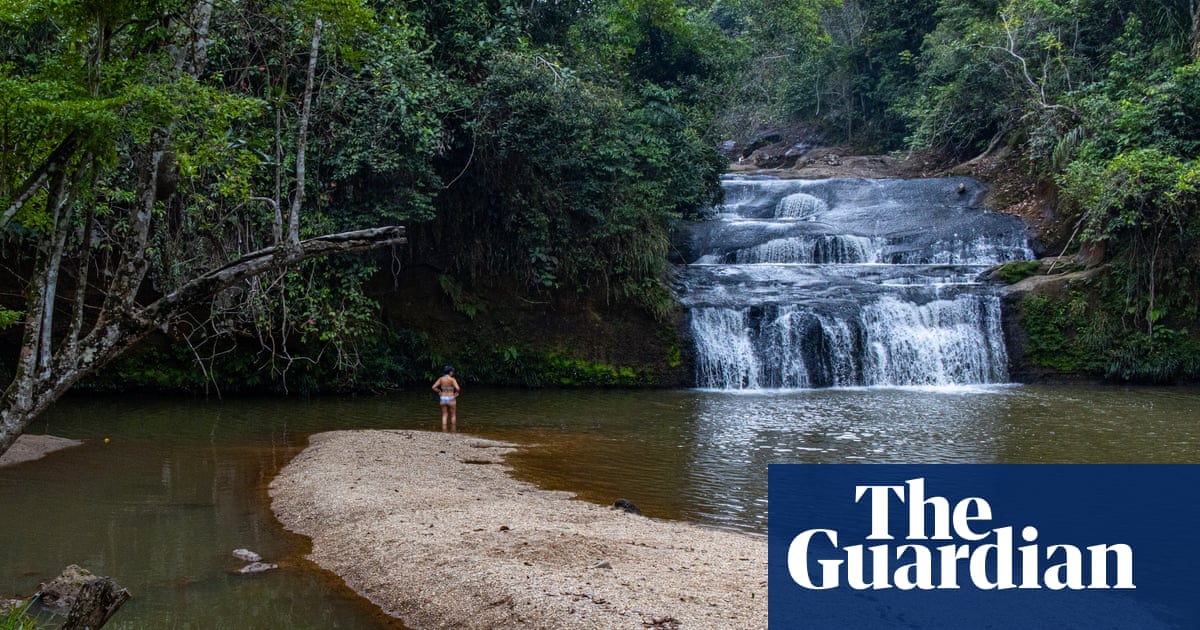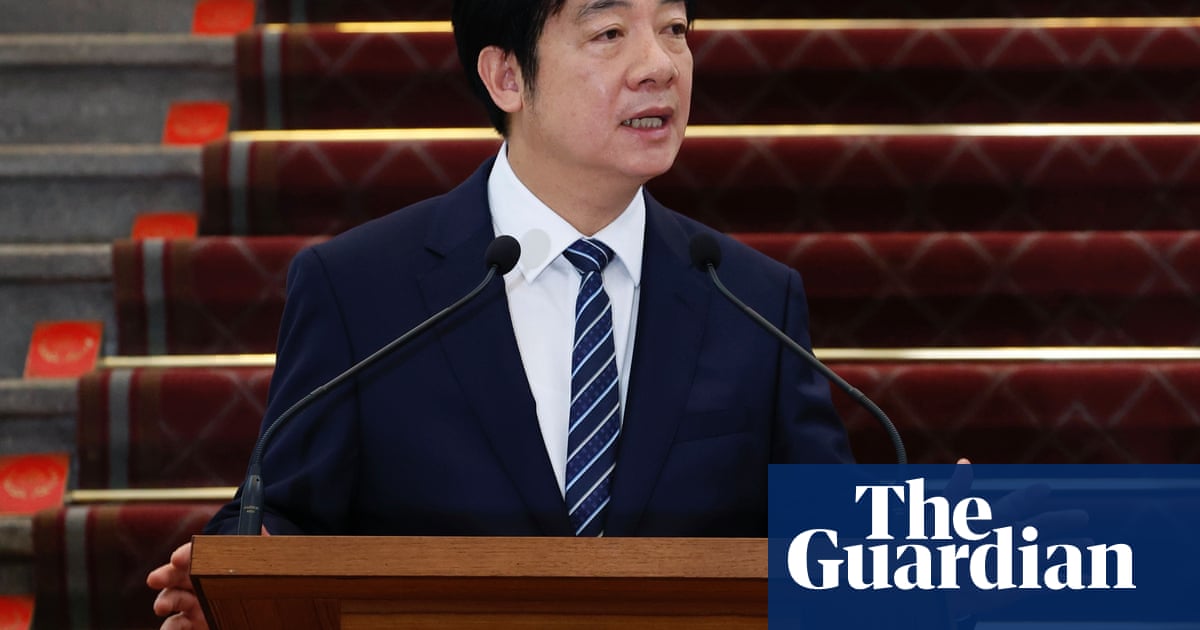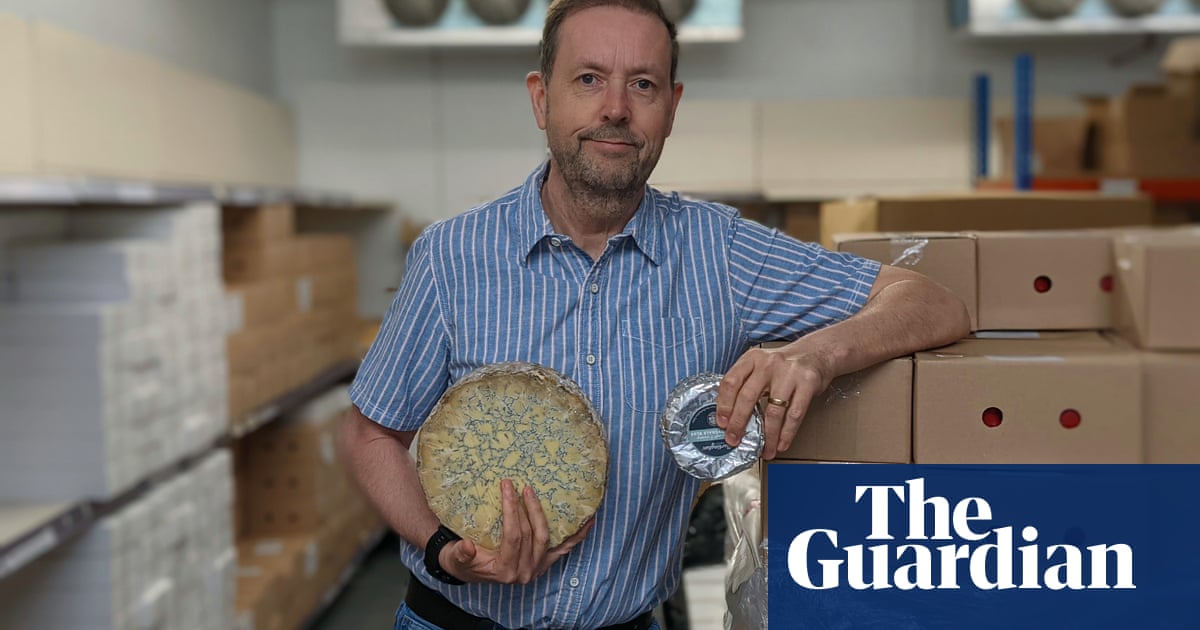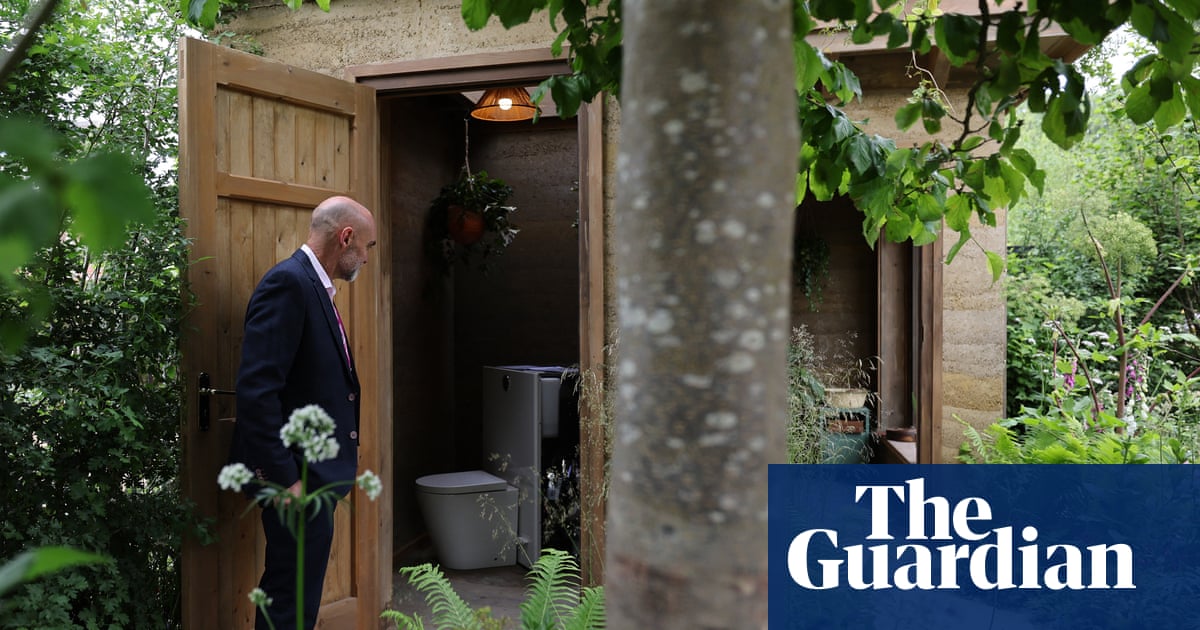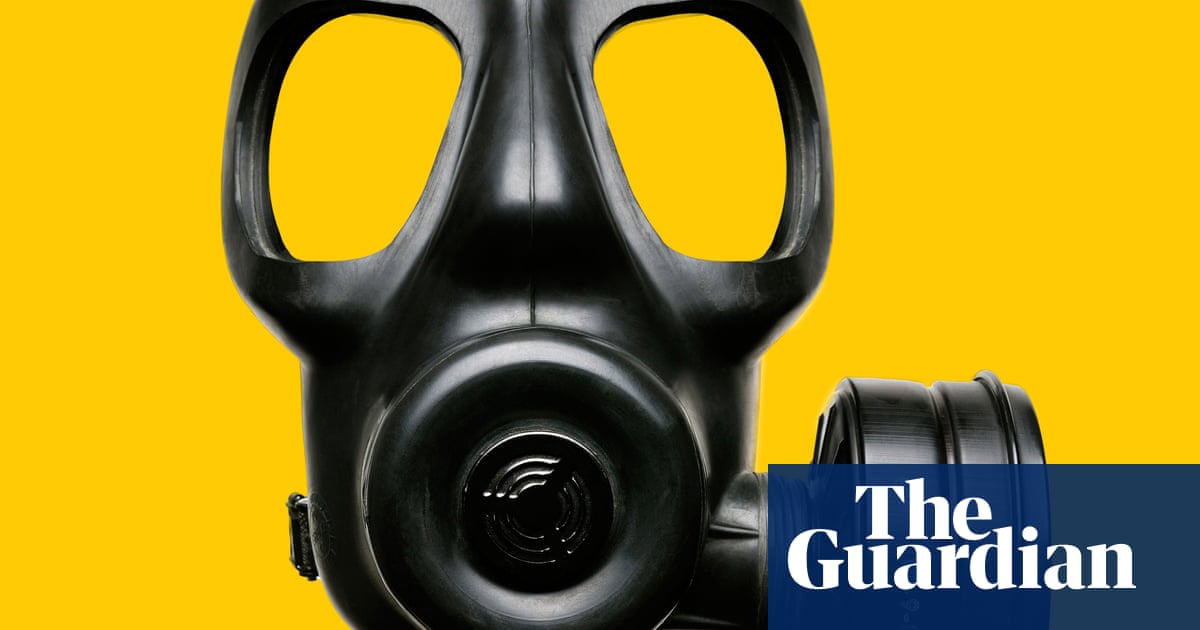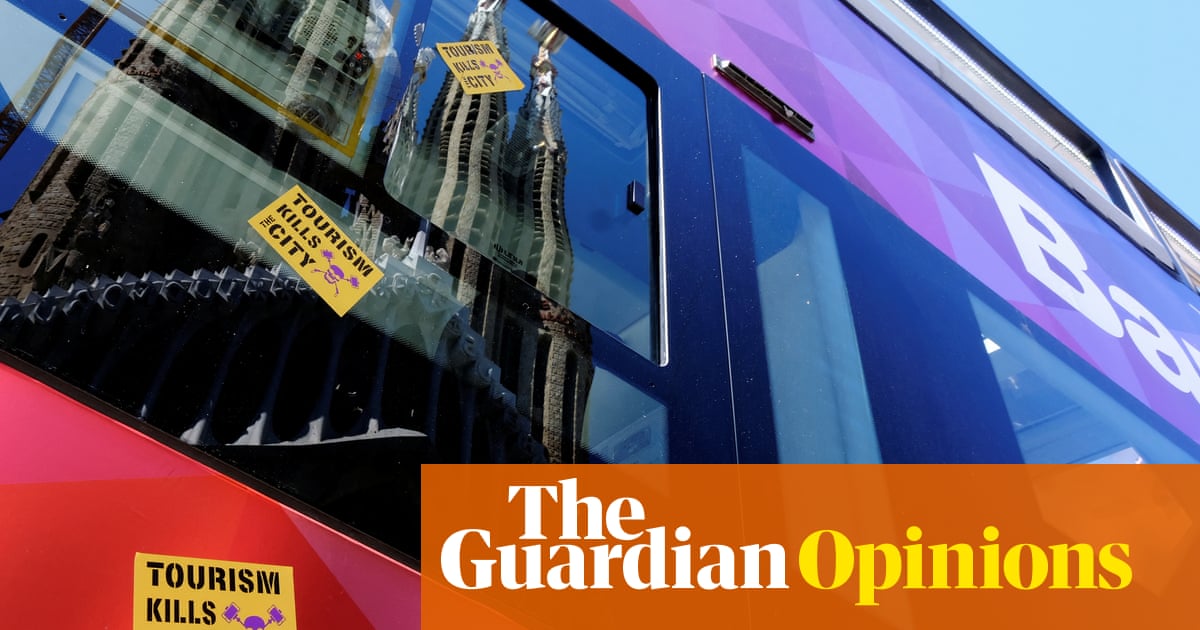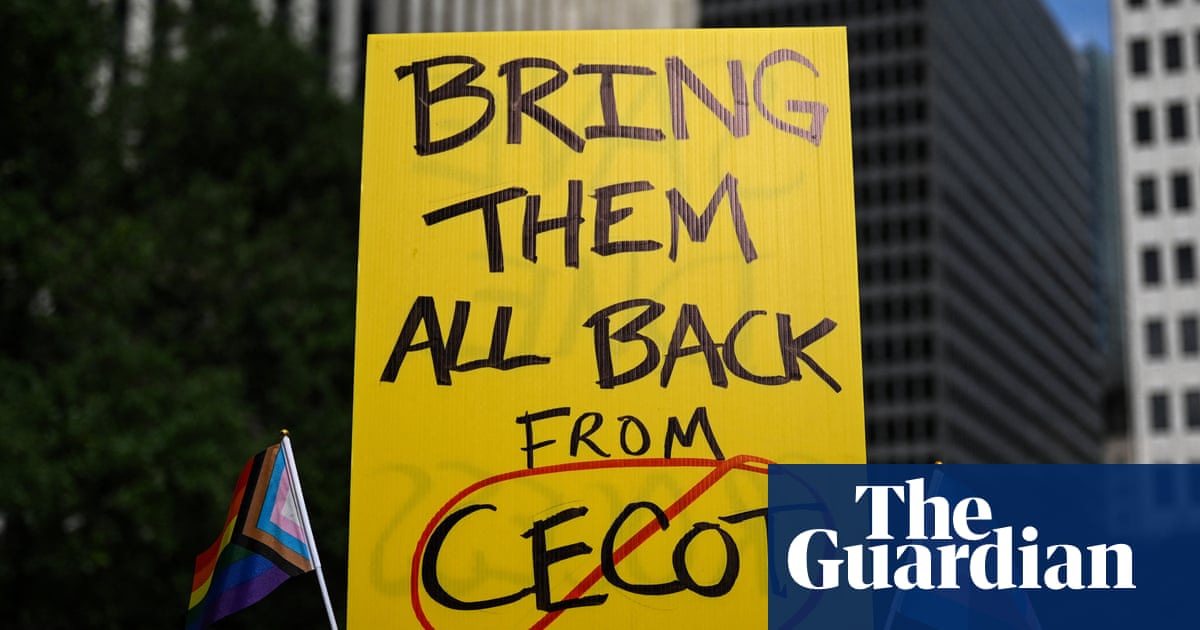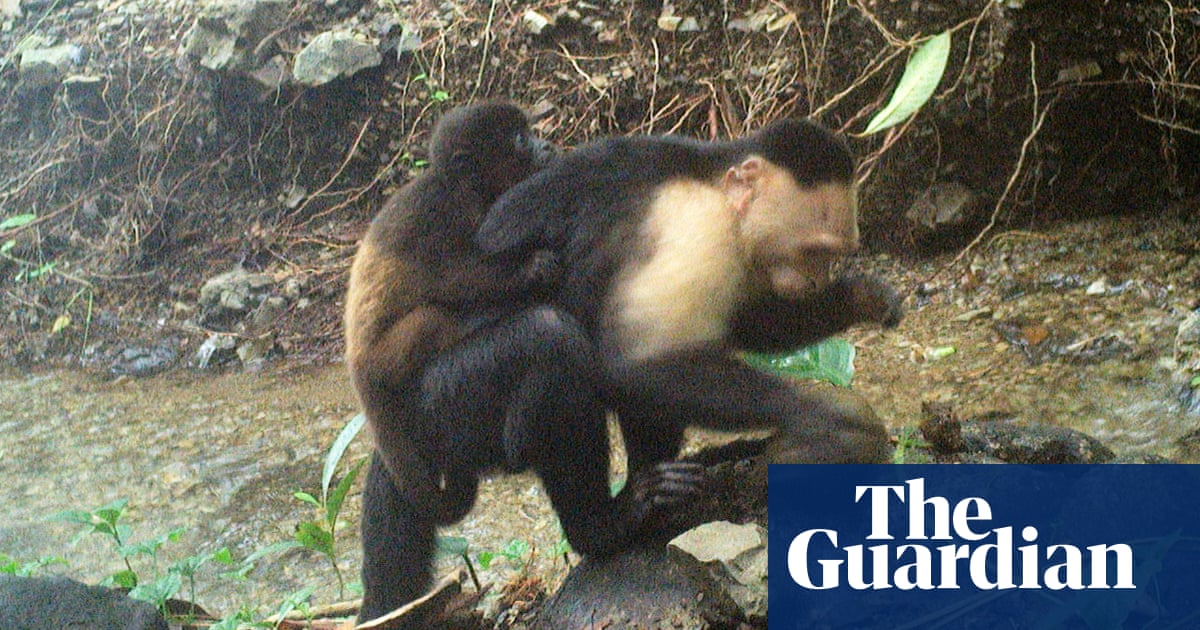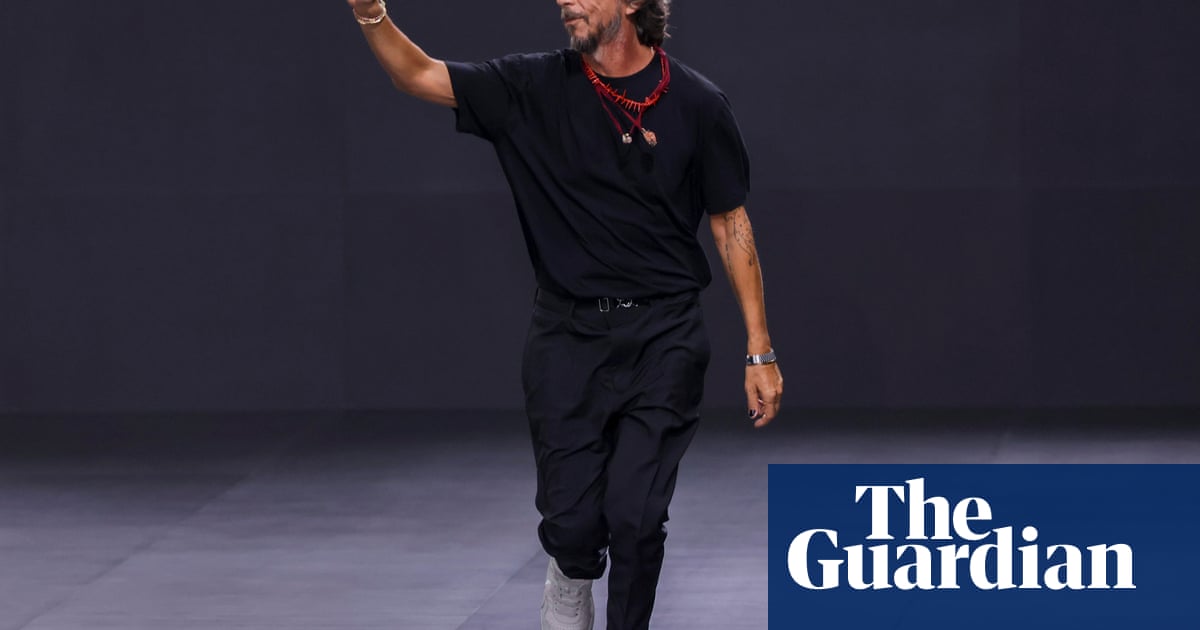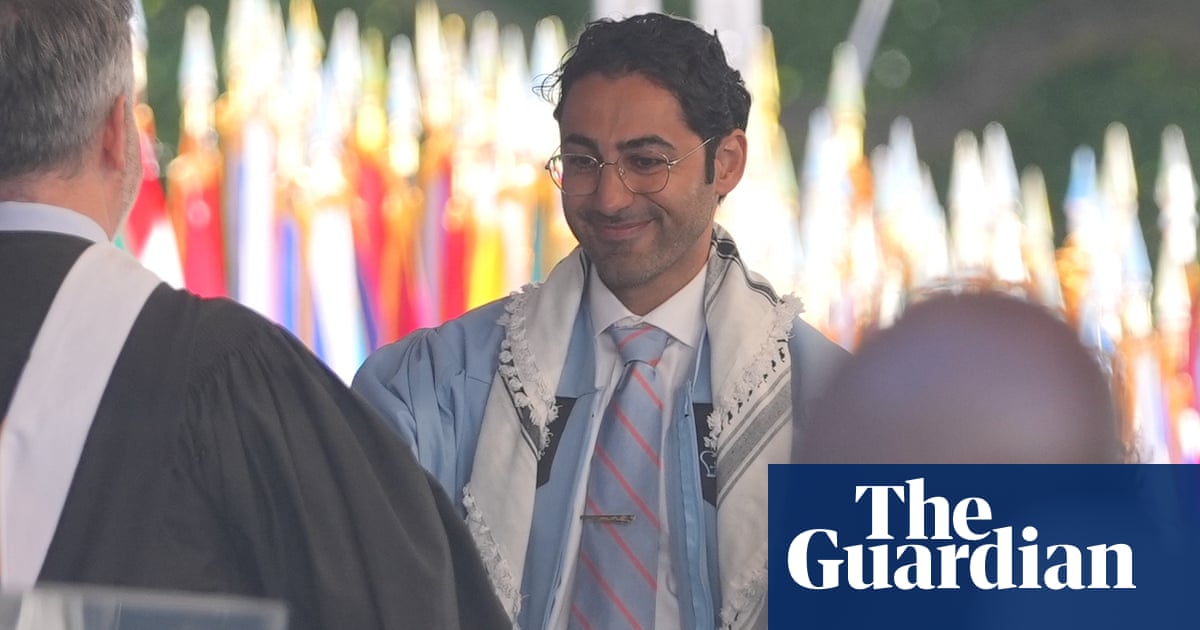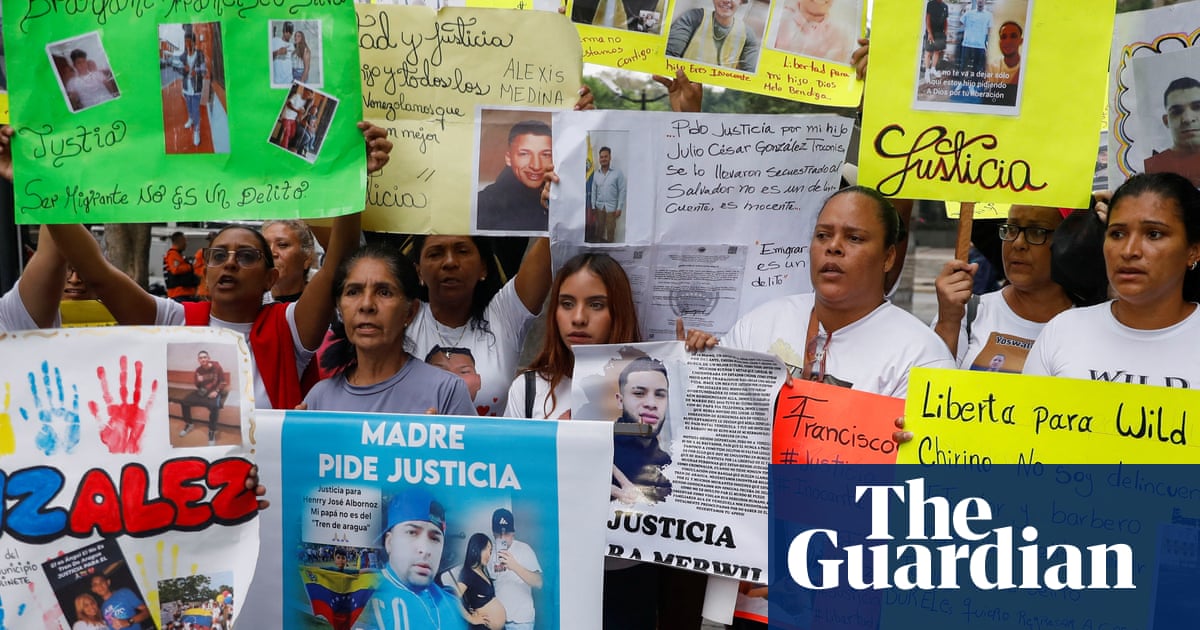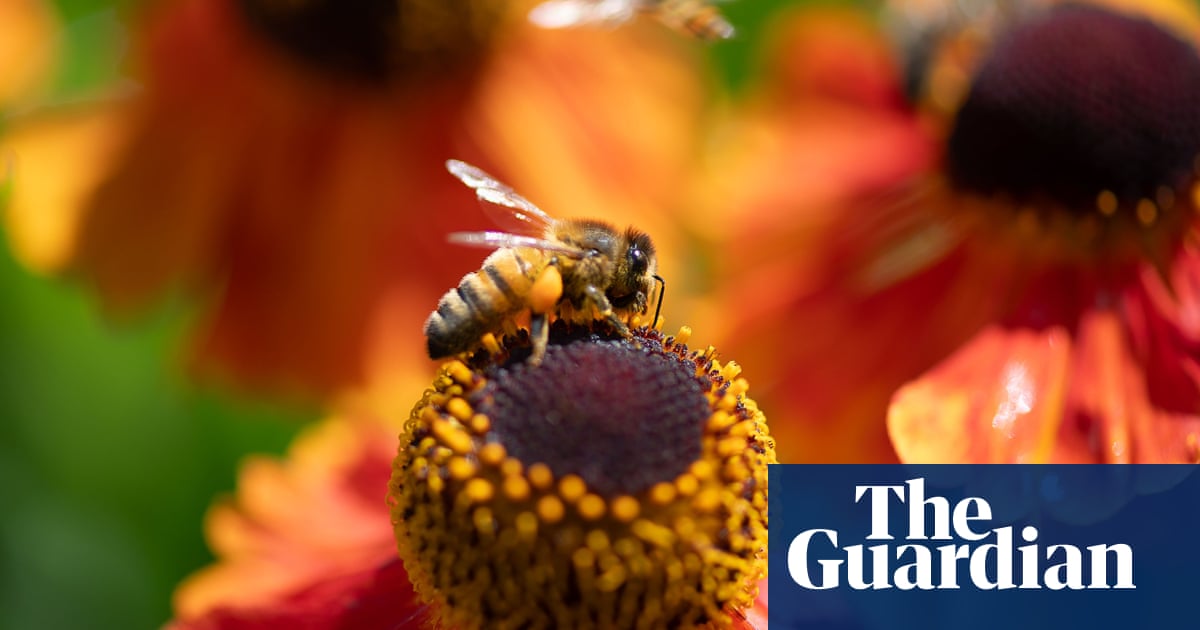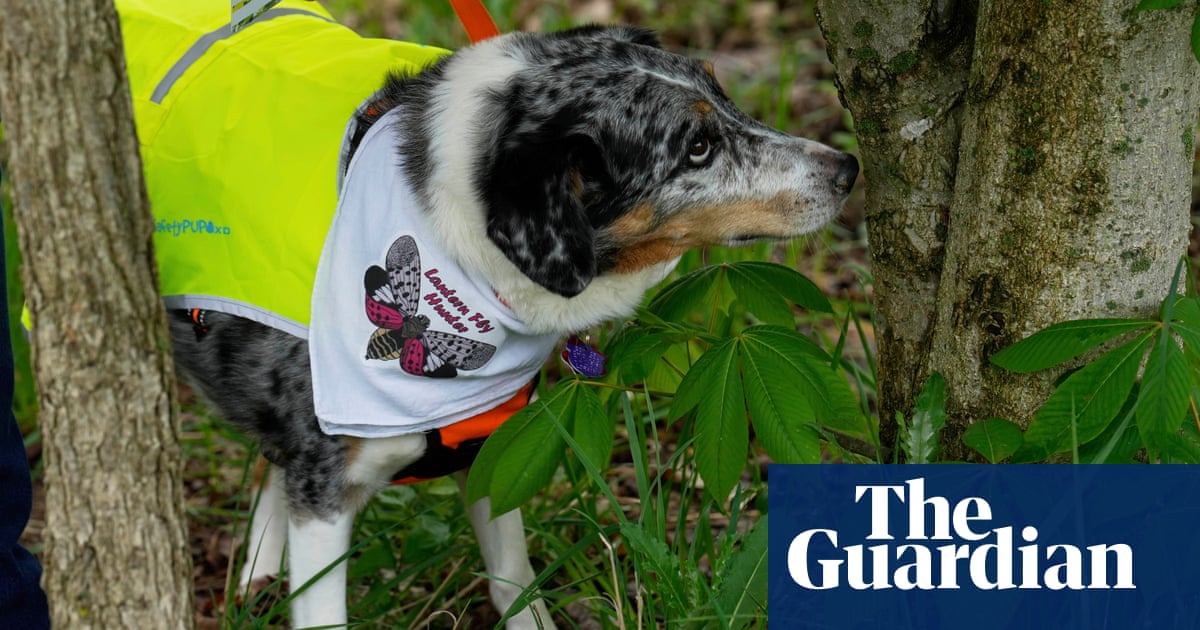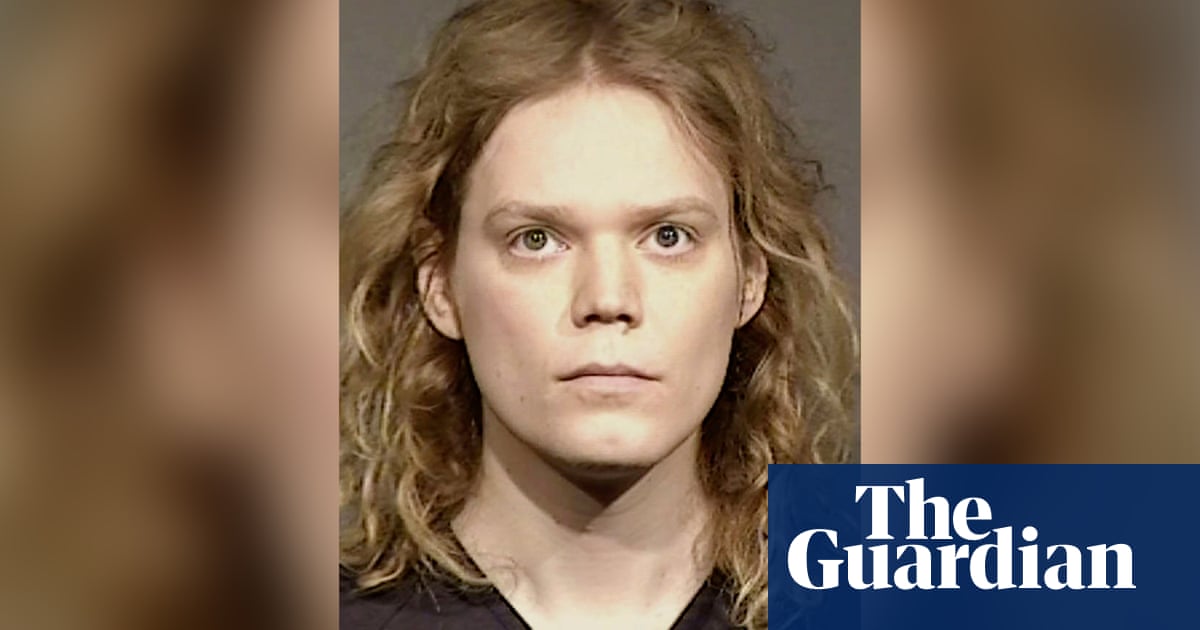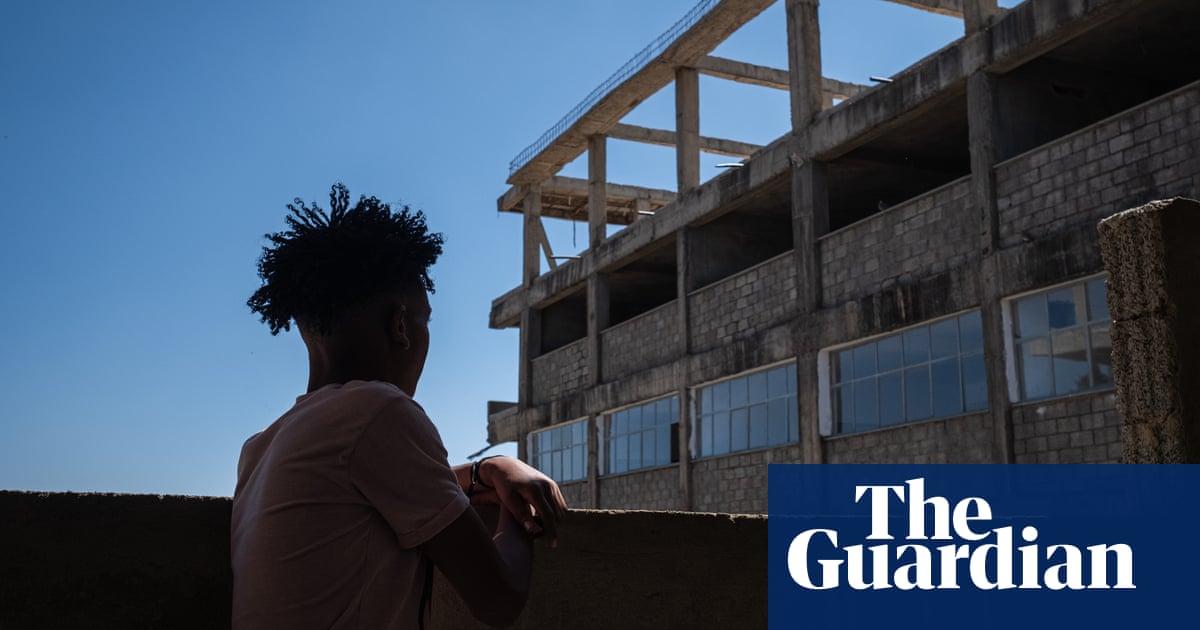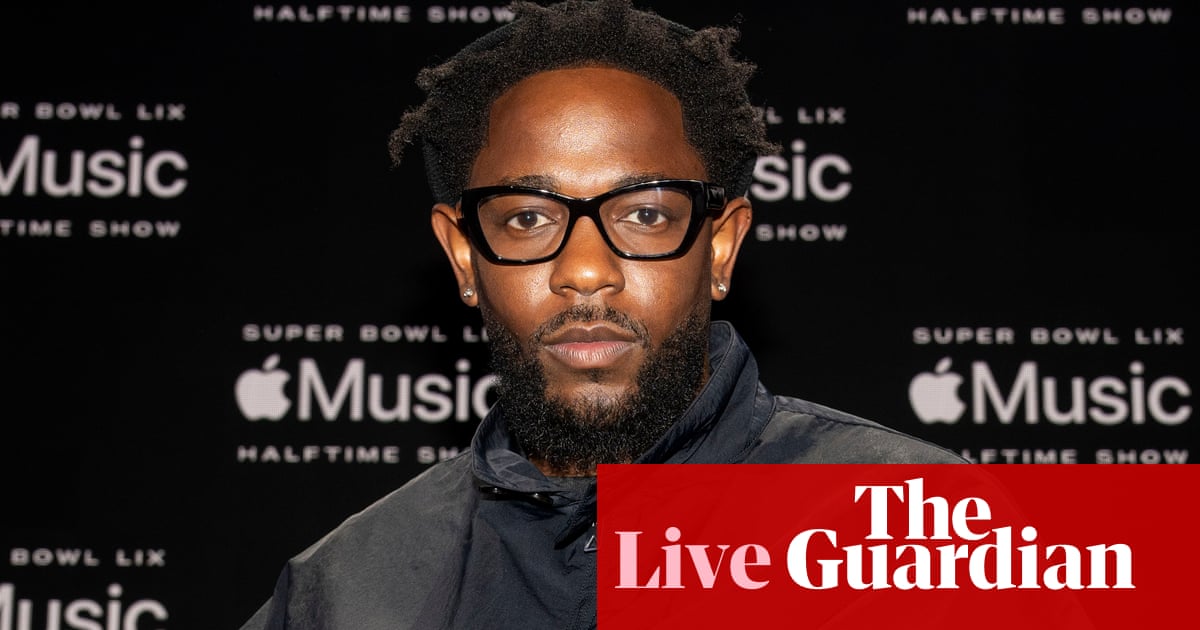Phillips and Pereira disappeared on a research expedition into the the far western Amazon. Pereira had received death threats due to his work helping Indigenous people protect the rainforest from illegal fishing and hunting. When the pair did not return, a search was launched. After 10 days, their bodies were found. Two men will go on trial for their murder next month.
‘SNAKE!” The cry came from near the end of the line of 11 men, strung out along a narrow trail being hacked out of thick Amazon rainforest. I shivered. I had walked right past the danger lurking unseen in the dense undergrowth. Poisonous snakes are one of the most lethal threats in this part of the world. Indigenous people fear them and they present even more danger to a bumbling, middle-aged journalist like me, stumbling over roots the local men stepped lightly over in their rubber boots, skidding on muddy ground where they were sure-footed.
Takvan Korubo – a taut, forbidding man with a wicked sense of humour – was unfazed. He knew these forests like city people know streets. Snakes for him were an occupational hazard, an everyday danger. He shouldered the polished, shoulder-height wooden club his Korubo people use for hunting and fighting, and walked briskly back towards the reptile with all the care of a man heading down a garden path to fix the gate. “Be careful,” shouted Bruno Pereira – an official from Funai, the Brazilian government Indigenous agency, who was leading this expedition.
There was a short, terse silence. Three loud thumps. Seatvo, a Korubo boy of about 13, appeared with a wide grin, dangling the thick body of a one-and-a-half metre, poisonous jararaca on a stick. “If this bites you, you won’t live,” said Josimar Marubo, another of the Indigenous villagers on the trip.
The snake was an unsettling reminder of the dangers of the wilderness we were in: the Javari valley, a vast, inaccessible Indigenous territory of sinuous rivers and dense forests on the western fringes of the Brazilian Amazon. Apart from the giant hornets, caimans, the anacondas, the jaguars and the electric eels that we had been gleefully warned about, there were snakes everywhere. The men killed a small jararaca when we sat by a creek for lunch, tossing its limp body aside as they munched biscuits, then killed another little jararaca while clearing undergrowth to break camp.
When I set out for the Javari valley in 2018, I wasn’t thinking about how the Amazon might be saved. I was thinking about how it was being destroyed. I had been living in Brazil for over a decade and was increasingly drawn to stories from the Amazon – a vast basin, twice the size of India, that surrounds the Amazon river and encompasses swathes of Brazil, Peru, Bolivia, Ecuador, Colombia, Venezuela, Guyana and Suriname. Until 50 years ago, it was largely rainforest, but that was changing with horrifying speed.
I had first visited in 2004 on a holiday to the sweltering city of Belém with its market full of bizarre-looking river fish. I took a boat to the island of Marajó on the mouth of the River Amazon, where police rode buffaloes, the tree wall was resplendent in a thousand shades of green, vultures picked the dried-out carcass of a cow on a dirt road and the sunsets were a cinematic explosion of pink, turquoise and orange. It wasn’t my first trip to Brazil but it was the one that finally hooked me. I moved to São Paulo three years later.
Designated a protected Indigenous territory in 2001, the Javari valley is home to about 6,000 Indigenous residents from seven peoples, who share it with at least 16 voluntarily isolated Indigenous groups, a higher concentration than anywhere else in the world. In 2018, the land inhabited by the isolados, as these isolated groups are known, was more threatened than it had been in decades – by contamination from heavy pollutants, illegal gold mining barges entering its rivers, armed commercial fishing gangs and cattle ranchers pressuring its southern edges. We overtook one of the fishing gangs’ wooden boats, towing canoes behind it, just outside the reserve. A bare-chested man standing on its roof watched as we cruised past, his face creased with suspicion at the green uniforms of the Funai government Indigenous agency that Pereira and his team, along with photographer Gary Carlton and me, were wearing.
The burly, bearded and bespectacled Pereira, a serious and committed public servant, had spent years working in the region and was an expert on its voluntarily isolated groups. Before we set off, he had explained that some Marubo people living in a hamlet called São Joaquim deep inside the Javari valley had been unnerved by fleeting visits from naked, long-haired isolados. The plan was to look for signs and clues that they might have moved nearer to São Joaquim. There are about 100 of these isolated peoples in Brazil.
“Isolated” is not completely adequate as a description because many are believed to have fled enslavement and murder decades earlier, which is why “voluntarily isolated” is more widely used. Many of these people are aware of the world beyond their groups but choose to live outside modern technology and Brazilian society. Many are nomadic or semi-nomadic hunter-gatherers, but also manage small plantations cleared out of the forest, and are highly vulnerable to diseases like flu. Monitoring them involves overflights, intelligence and gruelling, often dangerous missions like this, where Funai looks for signs but avoids contact, a policy it has held since 1987.
“It’s not about us,” said Pereira. “The Indigenous are the heroes.”
The first group of Korubo was contacted in 1996. This people were believed to have killed a Funai employee a year later. A second group became embroiled in a bloody contact with the Matis, another valley people, in 2014 that left dead on both sides before Pereira and Funai stepped in to negotiate a fraught peace.
Pereira was the only Funai employee on the expedition. Marcir Ferreira, a fisher and backwoodsman, had been contracted to come along on the trip, as had Daniel Mayoruna, an Indigenous man from the reserve’s Mayoruna people, and two men from the Marubo people, Alcino and Josimar – all of them experienced in expeditions like this. Pereira had also invited four Korubo Indigenous people on their first expedition: Takvan (the adept snake killer), his adopted son Xikxuvo Vakwë, Lëyu and his son Seatvo. There are about 100 Korubo, and they are a warlike people known as the caceteiros – or “clubbers” – for the wooden clubs they carry. As well as defending them against snakes, these clubs are also used against those they feel threatened by.
We stopped by a Korubo village on the way upriver, where Pereira bantered with a young man who spoke good Portuguese. The Korubo villagers sat on logs under a thatched roof as children and tiny pet monkeys played in the dust. They were naked, coated in the red dye of urucum seeds, or occasionally wearing a pair of shorts or football shirt, with their bowl-shaped haircuts shaved at the back of the head. They told us that four fishers from one of the fishing gangs had fired over the heads of a group of children that morning. Invasions from fishing gangs were on the rise and they were deeply concerned.
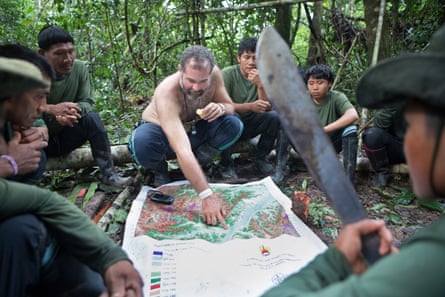
Every step of the journey presented obstacles, none of which appeared to worry the men. When our boat journey up the Sapóta River from Josimar’s village of São Joaquim was blocked by a huge fallen tree, the men spent 90 minutes hacking at it with an axe. Then, when the trunk was almost cut through, they jumped on it together, laughing uproariously when it finally shattered and flung them into the water. They leapt into the river to push the boats through overhanging branches, unperturbed by the caimans that occasionally plopped into its murky depths from steep, muddy banks. And they soon spotted signs of the isolated group we were looking for – plant stalks bent down at a 45-degree angle, called quebradas, or “breaks”, that these people had left to mark their trail. Pereira examined them closely to confirm that the bending was deliberate and they hadn’t been broken by a falling branch or a tapir that had left teeth marks.
“This is people,” he said. “One month.”
The team crossed muddy brown rivers, balancing on slippery logs that had fallen across them, using stabilising poles cut from the trees. I found these crossings nerve-racking. Where I floundered, slipped and tumbled, the Indigenous people walked confidently. Manipulating razor-sharp machetes like a chef with a kitchen knife, they sliced trails through thick, tangled forest. Where we saw mud and trees, they found nuts and fruit like cacao – the delicious yellow fruit with white, pulpy flesh whose seeds, when roasted, make chocolate. One morning, the two Korubo boys ran towards us, laughing and shouting, beating a beehive to chase away its inhabitants, before sharing its rusty-red honeycomb, dribbling with sweet, wild honey. Hundreds of kilometres from the nearest town, days of walking from the closest village, this for me was the wild, untamed Amazon forest of myth, TV nature shows and movies. For the Indigenous people of the Javari valley, it was, quite simply, home.
This part of the Javari valley had not always been dense, unpopulated forest. Before the area became an officially protected reserve in 2001, it was full of non-Indigenous ribeirinhos (riverside dwellers) who worked as loggers and rubber tappers for distant patrons. “Many loggers came into this area, killed isolated Indigenous and took a lot of our riches,” said Aldeney da Silva, who lived in the Marubo village of Rio Novo that became our base during the expedition.
Marcir Ferreira had moved to Javari when he was a child in the 1970s with his father, a “rubber soldier” who had come from Ceará state on the other side of Brazil to tap rubber during the second world war. “It was very full,” Ferreira said. “Many people lived by rubber tapping and logging.” When he was four, his family was attacked by Indigenous isolados, who set their house on fire.
Throughout the 1970s, 1980s and 1990s, Korubo people were involved in conflict with non-Indigenous settlers, Funai staff and employees of the state oil company, Petrobras, which was prospecting for oil in the reserve. They are said to have killed about 11 people. Nobody knows how many Korubo died but it is likely to be many more. An unknown number of Korubo were killed in an attack by Indigenous rubber tappers in 1979. Two years later, the leader of the rubber tapping group distributed poisoned farinha – the manioc flour that is a staple of Brazilian meals – to a Korubo community.
Stories like these are typical of the Amazon’s bloody history and essential to understanding its present and its future. Gifts of poisoned food were just one of the techniques used to kill Indigenous communities. During the Amazon rubber boom of the late 19th and early 20th centuries, the London-registered Peruvian Amazon Company was denounced for the enslavement, torture and murder of tens of thousands of Peruvian Indigenous people on its rubber plantations.
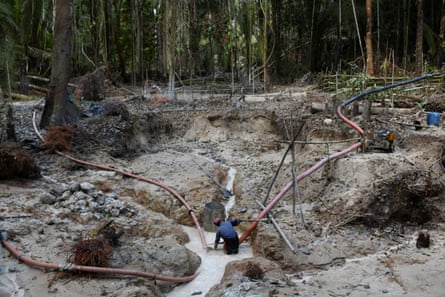
In the run-up to Bolsonaro’s election in 2019, a year after my trip to the Javari valley, invasions of forest reserves, deforestation and fires, exploded. Loggers, garimpeiros – as the goldminers are called – and land grabbers felt emboldened. I know this because they told me – including on one reporting trip to the Amazon state of Rondônia between election rounds in 2018, and another to wildcat mining sites in deep jungle in the Yanomami Indigenous Land in 2019. These were men from rough, frontier towns that offered few jobs beyond low-paid, manual labour. They wanted to work and faced repression from environmental authorities, the police or the army.
After the election of Jair Bolsonaro in late 2018, the Javari valley saw even more fishing gangs and began to come under pressure from Evangelical Christian missionaries – conservative Evangelical churches were another of Bolsonaro’s power bases, along with the army, police and the powerful agribusiness lobby, known as the ruralistas. And the ruralistas were wielding even more influence over Funai.
In 2018, Bruno Pereira had been put in charge of the agency’s department for isolated and recently contacted Indigenous people, a prestigious and highly sensitive role. Some time later, Marcelo Xavier da Silva, a federal police officer, took over as Funai president. Its employees were appalled because da Silva had worked on a controversial Congress inquiry helmed by a leading ruralista lawmaker in 2016 that called for Funai and NGO employees to be prosecuted. The inquiry’s report said Funai was an “operational arm of external interests” and “an amalgam of private interests and ideological objectives”, and called for commercial farming to be allowed on Indigenous territories where it is now prohibited. With da Silva in charge, Pereira was abruptly demoted (as a federal employee, he couldn’t be sacked very easily). No explanations were given. In an open letter, Indigenous experts warned that Brazil’s isolated peoples faced “genocide”.
If the seeds for my research were planted on my trip to Javari in 2018, they took firm root after Bolsonaro’s win, when I visited the dusty settlers’ town of Novo Progresso on the other side of the Amazon in the state of Pará – a town where Bolsonaro got 78% of the vote.
Novo Progresso sits beside the BR-163, a highway linking the soya- and grain-producing heartlands of Brazil’s central-west to Amazon ports like Santarém and Miritituba. At its entrance, a sign read “Town of Development”, near a huge Bolsonaro billboard with the slogan: “On the development route.” But a significant, if unquantifiable, amount of the “development” that drives this busy community of 26,000 people is illegal. There are dozens of secretive gold shops in its streets and the garimpeiros that supply them mostly ply their pollutant-heavy trade in protected and Indigenous territory where it is prohibited. Novo Progresso’s herd of over half a million cattle has grown by about 50% over the last decade. Yet the town is in the midst of protected forests and Indigenous territories where commercial farming, on paper at least, is prohibited.
Amazon farmers and land grabbers traditionally burn cleared and deforested land in the dry season, but in August 2019, the number of fires roared to a nine-year high and provoked an international crisis for Bolsonaro’s government. The president tried to blame NGOs and then actor and environmentalist Leonardo DiCaprio, without producing any evidence. Police and prosecutors launched an investigation into what was dubbed “Fire Day” – when farmers in the Novo Progresso area allegedly coordinated setting fires on 10 August. It was widely interpreted as an act of defiance against environmental regulations and a show of support for Bolsonaro’s stance that the Amazon was there to be exploited. Behind this was a rightwing argument that rural livelihoods were being held back by unfair protections of the forest, which were put in place to pander to conservation groups and foreign governments. “We need to show the president that we want to work,” one of the farmers involved told a local news site, which revealed the coordinated action. The site’s owner and reporter, Adecio Piran, later received death threats for revealing Fire Day.
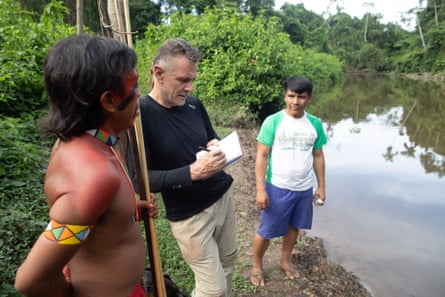
Novo Progresso is located next to the Jamanxim national forest – a 1.3m-hectare, federally protected reserve. It was created in 2006 to slow rampant deforestation and is run by the Chico Mendes Institute (ICMBio), a federal government environment agency. Officially, farming is not allowed inside – but some locals have never accepted the reserve’s existence.
A few months after Fire Day, I travelled with photographer João Laet and reporter Daniel Camargos to the Jamanxim forest and a nearby reserve, the Springs of Serra do Cachimbo, and saw how swathes of what was once protected forest had become pasture, where cows grazed amid the blackened shells of charred tree trunks. Driving down a dirt road in the Cachimbo reserve one morning, we passed a man standing lookout beside a motorbike while chainsaws squealed in the trees. It was a tense moment: running into loggers in reserves, who are often armed, can be dangerous. Just inside the Jamanxim forest, recently burnt forest on one farm was still smouldering the morning we arrived. And so it went on.
A farm we visited in the Serra do Cachimbo reserve had a long list of fines for environmental offences. These penalties are one of the government’s main tools to limit deforestation, though their effectiveness is mixed. Many ranchers refuse to pay and rack up huge unpaid fines, with seemingly few direct consequences.
The farm in the reserve was owned by a government official of Paraná state, thousands of kilometres away in the south of Brazil. A 6,000-hectare farm, where cattle grazed among charred logs in fields surrounded by a ring of forest, was registered to another landowner who lived in Paraná state. He owed millions of pounds in fines. Neither of them wanted to talk to us.
Novo Progresso’s unofficial town spokesperson is Agamenon Menezes, an influential and combative former president of the local rural producers’ union. He was interviewed by police during the Fire Day investigation and his computer seized, but he denied any involvement. Dry and dismissive of journalists, Menezes made a vague threat under his breath as we talked and raged quietly against a US reporter he had spoken to because he did not like the way he had been described. He said Fire Day was a media invention to attack Bolsonaro. Fires are used to clear land for pasture, which is later used for agriculture, he explained. “You get an area of dense forest and deforest it,” he said. “You need to burn this wood.”
The argument that Amazon people want to work honestly and that environmentalists and NGOs are part of a global conspiracy stopping them from doing so is widely used in the Amazon. Combating these arguments effectively is crucial to saving the Amazon. The problem is that the work of Novo Progresso’s townsfolk has an impact on all of our lives – and on all of our futures.
The fires and deforestation in places like Novo Progresso are taking the Amazon closer to what leading climate scientists like Carlos Nobre and Thomas Lovejoy have called its “tipping point”, beyond which it no longer produces enough moisture to maintain itself and “dies back” to become a semi-arid savannah. In December 2019, they wrote in Science magazine: “The precious Amazon is teetering on the edge of functional destruction and, with it, so are we. The moisture of the Amazon is not confined to the basin but is a core and integral part of the continental climate system with specific benefits for critical Brazilian agriculture in the south.” Increasingly, scientists like Nobre are not just analysing what is going wrong in the Amazon but researching ideas that could help it go right – such as by providing jobs and opportunities for people like those in Novo Progresso that do not involve destroying the forest.
As awareness of the climate emergency increases, alongside extreme events like floods and fires, the clamour for change is coming from investors, businesses and customers. Big money has realised it’s bad for business to be associated with environmentally destructive products and are lining up – on the surface at least – with environmentalists.
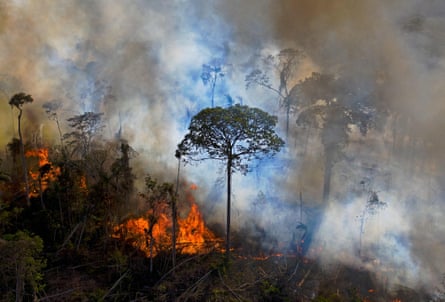
During my research, I have met Indigenous people, other forest communities, social activists, entrepreneurs, environmentalists, scientists, economists, anthropologists and farmers, all of whom know and understand the Amazon intimately and have innovative solutions for the millions of people who live there.
There is a lot of talk around agroforestry systems as one of the solutions to relentless deforestation and grinding poverty in the Amazon. It’s easy to see why. Agroforestry means farming trees, shrubs and crops together, in a human-made recreation of a natural forest that is designed to produce crops. It is an ancient system increasingly being revived and widely presented as a way to restore degraded pasture – overgrown, abandoned cattle land – of which the Amazon has plenty. Agroforestry systems give Amazon farmers the chance to recover cleared land, restore the rainforest and make money at the same time.
Joice Ferreira, a biologist, ecologist and researcher at Embrapa in Belém, is a warm and patient woman with formidable experience who has studied Amazon agroforestry projects extensively. Joice grew up in the neighbouring state of Tocantins but lived in Belém. She is a member of the Amazon Concertation, a network of academics and other individuals, organisations and companies studying Amazon solutions. If the Amazon is to be saved, scientists like Ferreira who know and understand the rainforest, its people and its ecology have much to contribute.
“The transition to more sustainable forms of crop and livestock production – ie that conserve the natural environment, minimise climate breakdown, reduce impacts on biodiversity and benefit Indigenous people and local communities – must be at the heart of Brazilian concerns. Agroforestry systems, if well planned and managed, score in all these aspects: they increase biodiversity, carbon stocks and have great potential to restore degraded agricultural areas,” Ferreira and two other researchers wrote in an article in April 2022.
None of this matters, though, if Brazil can’t get deforestation under control, Ferreira said. Studies have shown that restoring forests makes no difference when they are being razed at the rate they currently are. “It only makes sense to talk about restoration when deforestation is controlled.”
Saving the Amazon requires looking at the rainforest as an asset, not an obstacle to progress, as many Brazilians have historically done. It involves developing areas like biotechnology and sustainable land management, and recruiting local communities into environmental protection using international funding. People need to learn from Indigenous peoples that only collective, community thinking, not individual greed, can save the Amazon. We need to pull together, not pull apart. And the world needs to understand how the riches and knowledge in the forest make it infinitely more valuable long term than if turned into dry, unproductive cattle pasture.
Which brings us back to the jararaca snake that Takvan Korubo killed in the Javari valley.
In the 1960s, while based in a university in Ribeirão Preto in south-east Brazil, scientist Sérgio Henrique Ferreira was able to isolate a peptide from the venom of the jararaca snake. He later worked in the UK where his colleague John Vane and other scientists used that peptide to develop the active ingredient in captopril, the first angiotensin-converting enzyme (ACE) inhibitor, whose effects on blood pressure mimicked those of the snake’s venom. This led to the development of drugs to treat high blood pressure and heart failure. Vane later won a Nobel prize for his work – and Sérgio Ferreira was at the ceremony. The discovery is regarded as one of the most important breakthroughs in the treatment of heart problems and Ferreira was inducted into the prestigious Brazilian Academy of Science in 1984. He died in 2016.
How many more life-saving peptides might there be in the Amazon? Nobody knows because most of the region’s species are still undiscovered. It’s one of the myriad reasons the hostile habitat of the jararaca and other species should be preserved. And that, essentially, is what my work is about: not just how to save the Amazon, but also why.
Adapted from How to Save the Amazon: A Journalist’s Deadly Quest for Answers, by Dom Phillips and contributors, published by Bonnier books on 27 May. To support the Guardian, order a copy from Guardianbookshop.com
Missing in the Amazon, the Guardian’s new six-part investigative podcast series uncovering what happened to Dom Phillips and Bruno Pereira, launches on 5 June.

 2 hours ago
2
2 hours ago
2
